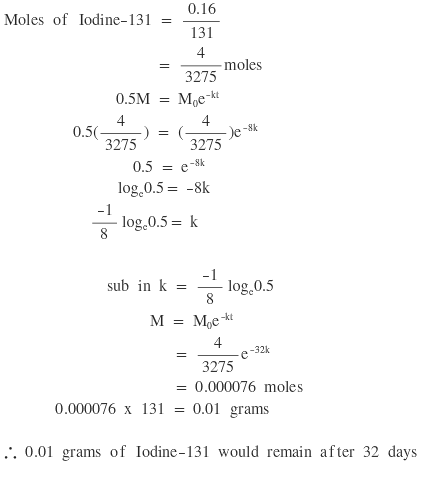Petroleum is a non-renewable fossil fuel, and supplies are being rapidly depleted due to heavy demands for petrochemicals for a variety of uses such as fuels, plastics, lubricants, solvents etc. The demand is increasing as world's populations increases. Consequently, crude oil is being rapidly depleted due to HIGH demand and limited crude oil reserves. Furthermore, the need for alternative sources of petrochemical products derivatives come down to two significant points: environmental impact and scarcity.
- Majority of crude oil is used up as a fuel, the consumption of fuel products is detrimental upon the environment which releases pollutants in the atmosphere (octane - major component of petrol, burns incompletely). In comparison to other potential fuels such as ethanol, the current petrol products burns relatively uncleanly, leading to environmental problems.
- Most polymers are currently derived from petroleum are currently non-biodegradable which places a considerable strain on our landfills. Alternative sources esp. biopolymers, are biodegrable and would alleviate such problems
- Another reason why alternative sources are needed because petrochemical products are derived from non-renewable sources of crude oil, with chemists placing the lifespan on current petroleum supplies well under 50 years, alternative sources are required simply due unsustainable trends
Alternatives sources such as biomass may be used, however they are more expensive than crude oil. In addition, using ethanol as an example for alternative sources; new infrastructure needs to be constructed (such as fermentation plants for ethanol), a process which takes time and money and just isn't economically viable currently.
84% of crude oil is used to produce energy. This includes petrol and diesel for cars. Potential alternative sources too alleviate these problems would be ethanol where it will meet with not only future energy needs, but with material needs as well. Ethanol can be produced by fermenting sugars from sugar cane crops:
C6H12O6 (aq) ----(yeast enzymes) ---> 2C2H5OH (aq) + 2CO2(g)
Benefits:
- Ethanol is able to be used as a petrol supplement, because it undergoes combustion: C2H5OH (l) + 3O2 (g) -> 2CO2 (g) + 3H2O (l) + heat
It can be used as a substitute because it is a renewable resource as it is manufactured from carbohydrates such as glucose and starch that are produced by photosynthesis by plants. The products of its combustion (CO2 and H2O) are the reacts needed by plants for photosynthesis: 6CO2 (g) +
6H2O (l) ----light----> C6H12O6 (aq) + 6O2 (g)
- Burns completely in oxygen (cleaner burning fuel) in contrast to other fuels that undergoes incomplete combustion thus producing toxic CO and carcinogenic soot
Ethanol combined with its high energy-per-mole output, cleaner burning nature and ease of transport, ethanol has great potential as an alternative fuel.
Please correct my response!
NEXT QUESTION:
Outline two methods of producing ethanol. In your answer, construct chemical equations to demonstrate ONE renewable and ONE non-renewable method of ethanol production. (4 marks)




